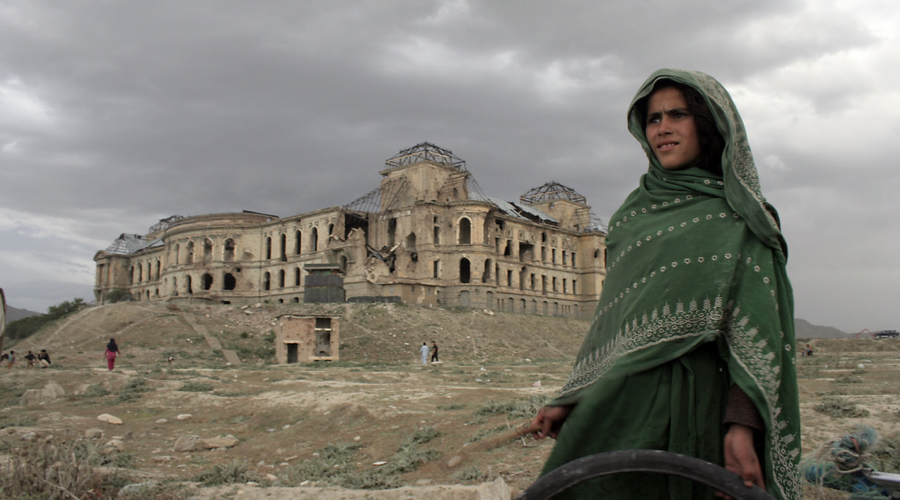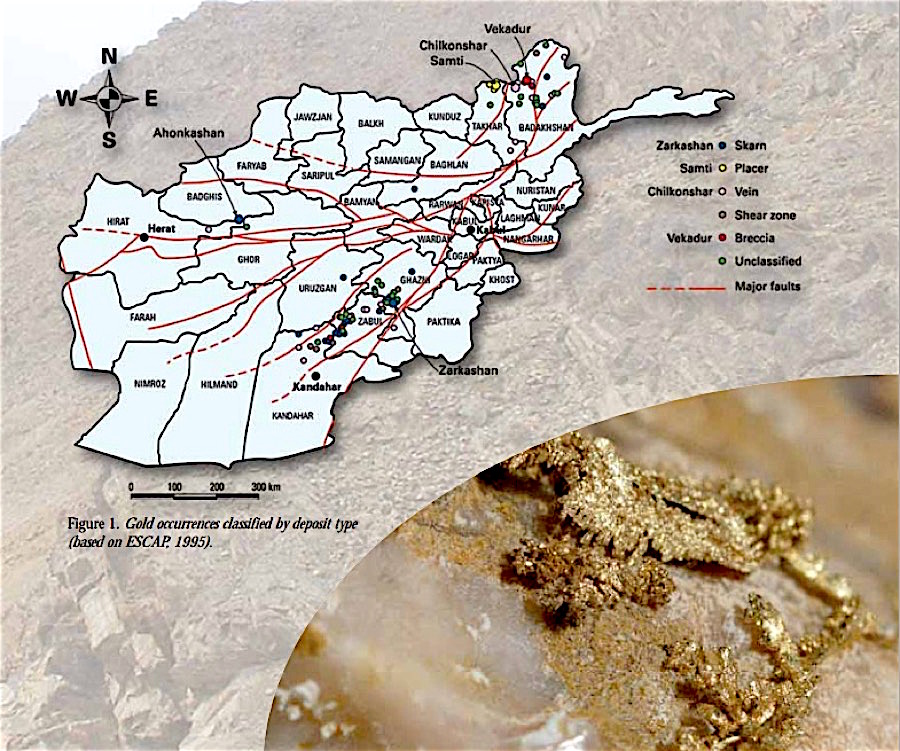
Afghanistan has deployed security forces to ensure that insurgents fighting to overthrow the government do not benefit from illegal mining of lapis lazuli, the semi-precious blue stone once coveted by Egyptian pharaohs.
Illegal extraction of lapis lazuli and other minerals is fuelling the rise of the Taliban in a once peaceful corner of the country.
The move comes only a few days after anti-corruption group Global Witness published a report warning that illegal extraction of the stone and other minerals was fuelling the rise of the Taliban in Badakhshan, a once famously peaceful corner of the country.
Sediq Sediqqi, Interior Ministry spokesman, told The Associated Press armed forces will step up efforts to secure mineral deposits and prevent mineral smuggling, which is now the Taliban’s second biggest source of funding, after drugs produced in the south.

Afghanistan’s president has thrown his support behind a push by Global Witness to classify lapis lazuli as a “conflict mineral.” (Hand-crafted lapis luzuli bowl, sold in a market in Kabul. By Schale Teller von KabulGallery | Pinterest)
According to the London-based watchdog, the Afghan government lost at least $17.5 million in revenue from lapis lazuli in 2014 and $10 million in 2015. Armed groups earned an estimated $19.9 million in 2014.
The Afghan government is said to have lost at least $17.5 million in revenue from lapis lazuli in 2014 and $10 million in 2015. In contrast, armed groups earned an estimated $19.9 million in 2014.
Global Witness’ report also says that a local strongman identified as Abdul Malek has paid nearly $5 million in protection money to the Taliban over the last two years from his mining proceeds.
The Afghanistan Research and Evaluation Unit, an independent Kabul-based think tank, unveiled in a recent report that there are up to 10,000 mines “outside of government control and subject to looting.” It says there are “currently over 300 trucks full of illegally extracted lapis,” or around 6,000 tons, in Badakhshan awaiting export.
“The most conservative estimates for this amount to about $300 million,” it said.
Afghanistan’s vast mineral assets — which include copper, gold, iron ore, emeralds and rubies — are estimated to be worth about $1 trillion, but authorities lack the money and expertise to fully develop the sector, and international firms are deterred by the deteriorating security situation and high levels of corruption.

Afghan gold deposits (Credit: British Geological Survey)